GRAPHS WITH ARROWS
All the previous replies are dealing with graphs without taking into account if the graph is direct or not. I mean, it is possible that if there is an edge (i,j) the edge (j,i) is not there. To take into account this, through the following code:
% This figure will be used to plot the structure of the graph represented
% by the current A matrix.
figure
dt = 2*pi/N_robots;
t = dt:dt:2*pi;
x = cos(t); y = sin(t);
agents=[ 2 2.5;
0.5 2.0;
0.5 1.0;
2.0 0.5;
3.5 1.0;
3.5 2.0;];
agents = p0;
agents = [x' y'];
% plot(agents(:,1),agents(:,2),'s','MarkerSize', 20, 'MarkerFaceColor', [1 0 1])
grid on
%xlim([0 4])
%ylim([0 3])
hold on
index=1;
% The following prints the non-directed graph corresponding to the A matrix
for i=1:N_robots
for j=index:N_robots
if A(i,j) == 1
arrowline(agents([i j],1),agents([i j],2),'arrowsize',600);
% plot(agents([i j],1),agents([i j],2),'--','LineWidth',2.5);
end
end
end
set(gca,'FontSize',fontsize2)
title('Structure of the Graph','interpreter', 'latex','FontSize', 18)
You can have the following result:

This is working for sure for 6 agents for now. I didn't have time to test for a generic number of agents, but in principle it should work. You could use a different agents vector to do that.
I hope this will help you.


